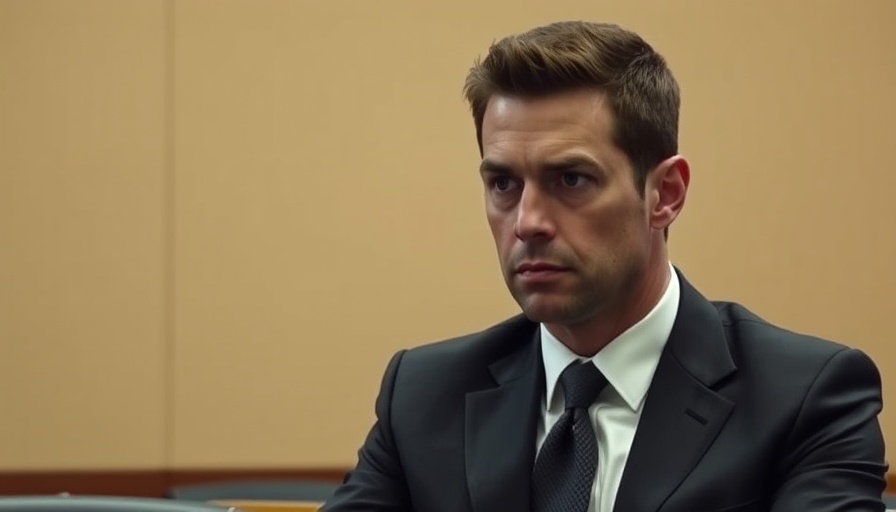
Support for Our Four-Legged Heroes: Dakota's Law Explained
Lawmakers in Massachusetts are rallying around a compassionate measure that could redefine the future for retired police canines, affectionately termed Dakota's Law. This proposed legislation aims to create a dedicated state fund for the care of K-9s post-retirement, ensuring that these brave animals receive the medical attention and support they need after years of dedicated service. While the bill channels the spirit of a pension system, it primarily intends to function as a charitable funding mechanism rather than a traditional pension scheme. Representative Steven Xiarhos, who proposed the bill, emphasizes the humane responsibility we have towards these dogs, especially those who have showcased extraordinary courage in the line of duty.
Understanding the Legacy of Dakota
The inspiration behind Dakota's Law is a remarkable police dog named Dakota, known for his role in responding to critical incidents like the Boston Marathon bombing. After a distinguished career, Dakota faced unexpected challenges in retirement, grappling with issues that could have ended his life prematurely without proper support. His story reflects a systemic issue where many retired K-9s end up shouldering health burdens alone, as funding often stops when their ‘working’ days are over. With Dakota's plight and recovery documented in the forthcoming film "Healing Dakota," the issue has garnered attention and highlighted the urgent necessity for legislative action.
Anecdotes: Bridging Human and Canine Challenges
One powerful testament to the need for Dakota's Law is the emergence of the K9 PTSD Center. Founded by James LaMonte, who took in Dakota during his struggles, the center specializes in rehabilitating dogs exhibiting signs of canine PTSD, a condition that’s only beginning to be understood. LaMonte's personal journey echoes the stories of many law enforcement officers dealing with the invisible scars of trauma—whether human or canine. By creating a fund for these dogs, the law not only seeks to protect the animals but also reinforces the broader context within which law enforcement operates. Lowering the financial barriers for their care may eventually lighten the psychological burden on handlers who often share a deep bond with their K-9 partners.
The Need for Legislative Support
A key aspect of Dakota's Law is its potential to unify legal and community advocates behind a common cause. The bill has received significant bipartisan support from state leaders like Democratic Senator Michael Moore, who believes in repaying the loyal service of K-9s. The journey ahead, however, involves rallying enough legislative backing, with a call for a minimum of 100 representatives to sign on before it can advance. Xiarhos and LaMonte are encouraging the public and local leaders to lend their voices to this cause, underscoring the civic duty to support all forms of public safety personnel, including our four-legged partners.
Broader Implications on Public Safety and Trust
This legislative push goes beyond mere caring for retired K-9s; it opens discussions about public safety, officer wellness, and community trust. By solidifying the foundation for K-9 care, Massachusetts can set a precedent for other regions to follow. Initiatives like Dakota's Law can enhance policing strategies as they demonstrate a commitment not only to human officers but also to their canine counterparts, thereby helping to build comprehensive community trust and engagement. Furthermore, this move can inspire similar acts across the nation, reinforcing the idea that every member of the law enforcement family deserves support.
What You Can Do to Help
Those passionate about Dakota's Law are urged to contact their local representatives and advocate for the bill’s passage. By sharing stories of K-9 contributions and health struggles, communities can highlight the pressing need for logistical and financial support once these dogs retire. Implementing Dakota’s Law would not only provide essential care for K-9s but also foster a culture of respect and appreciation for their service in public safety demonstrations.
 Add Row
Add Row  Add
Add 

 Add Element
Add Element 




Write A Comment